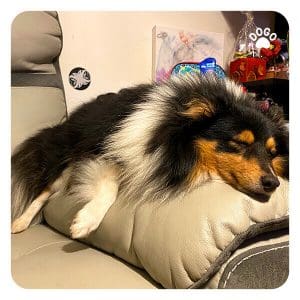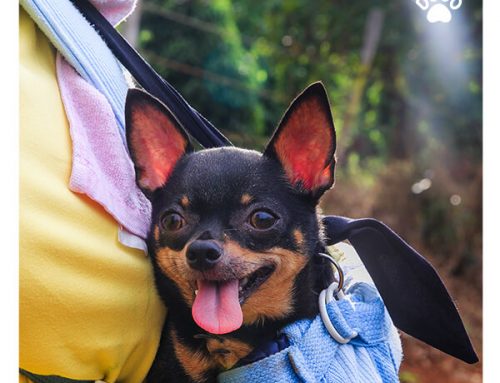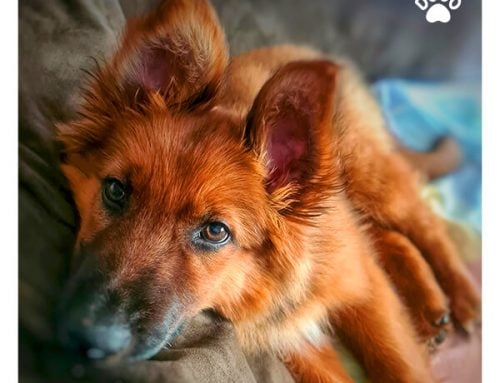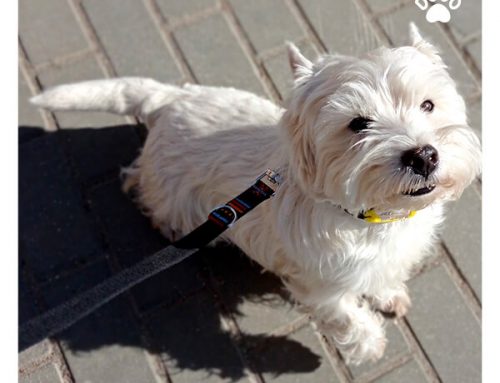
And did you know that the quality of sleep is also affected by the way your dog’s body is positioned? The position your pooch takes influences whether they will be rested, and thus calmer and less reactive.
By analyzing your pet’s body positioning during sleep recovery, you can assess their mood and disposition towards their surroundings. It is precious knowledge! Based on it, you can improve your four-legged friend’s comfort.
There are several basic sleep positions that dogs adopt. What do they look like, and what do they mean? Let us explain!
Dog Sleeping Positions
1. Side Position

In this position, your dog rests, regenerates, and reinforces everything they have learned throughout the day. When your pet lies like this, they feel safe and comfortable in your presence.
2. The “Fully Relaxed” Position

If your dog tends to sleep in the fully relaxed position, it’s a good sign that they feel safe and comfortable in their environment. You can further enhance their sense of security by providing them with a designated sleeping area that is quiet and free from distractions. You can also provide your dog with a comfortable bed or blanket that they can associate with rest and relaxation. Additionally, spending quality time with your dog during the day, such as playing or going for walks, can help them feel more secure and relaxed during sleep time.
3. The “Superhero” Position
The dog positions their body like a sky-rocketing Superhero. They stretch out their front and back paws, lying on their stomach. As expected of a hero, the dog sleeps alertly in this position. The positioning of the limbs is unnatural, and strong body tension prevents complete relaxation. In this way, your pet will rather lay down for a short nap. Usually, this position is adopted by dogs who want to rest and control their surroundings.
If your dog tends to sleep in the superhero position, it may be a sign that they are feeling a bit anxious or stressed. You can help them feel more relaxed by providing them with a designated sleeping area that is free from distractions and noise. You can also provide your dog with a calming chew or toy to help them relax and focus their attention. Additionally, incorporating regular exercise into your dog’s routine can help them release pent-up energy and reduce stress levels. By helping your dog manage their stress and anxiety, you can help them get the rest they need to be happy and healthy.
4. The “Down” Position
In the classic “Down” position, the dog lies straight, their head between or on their paws. Unfortunately, this doesn’t mean rest. In this position, the dog’s muscles are tense, and they remain constantly alert. Deep sleep is impossible. Dogs rarely sleep in this position. More likely, they do not fall asleep but simply lie down to control what is happening in the environment. This position is often seen in highly agitated dogs who do not want to miss important events in the environment.
If your dog tends to sleep in the down position, it may be a sign that they are feeling a bit anxious or on edge. You can help them feel more relaxed by providing them with a designated sleeping area that is quiet and free from distractions. You can also provide your dog with a calming scent like lavender or chamomile to help them relax and reduce anxiety levels.
5. The “Curled up” Position

Time for a Nap?
You already know what your dog’s sleeping positions mean. Now you can look at your pet, analyze how they feel, and consider what you can do to improve their resting comfort.
Create a Personalized Training Plan for your Dog






